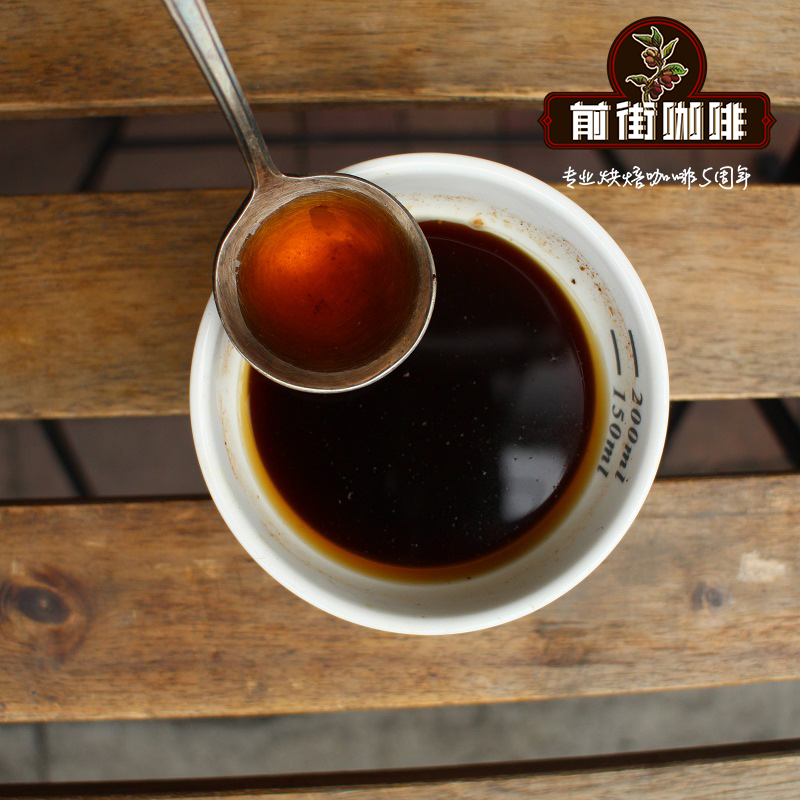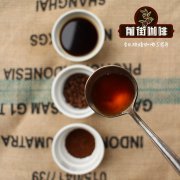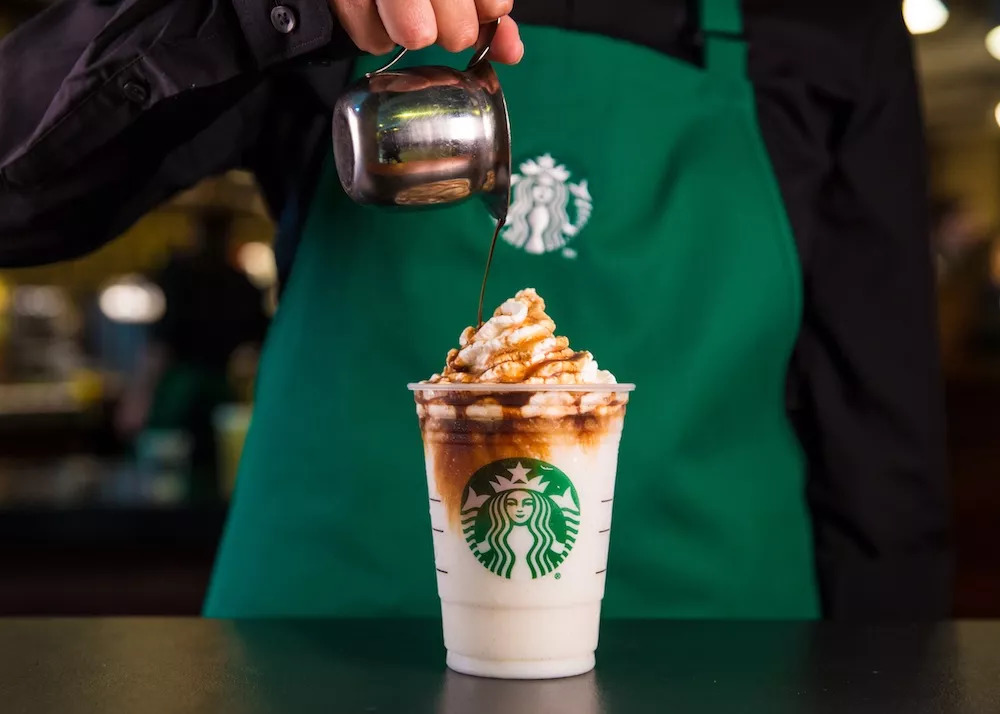The difference between African Asia-Pacific Latin American Coffee how to drink Latin American Coffee

Professional coffee knowledge exchange more coffee bean information please follow the coffee workshop (Wechat official account cafe_style)
In the sixth century, an Arab shepherd named Kaldi was secretly watching goats while grazing and became extremely excited when they ate the red fruit of a wild shrub under the hillside. Curious Caldy picked the fruit himself, and after tasting it, he found that he was full of strength and was in a very happy mood. So he took the fruit and ran to the nearby monastery to tell the monks about the magical effect. However, the monk thought it was the devil, so he threw the red fruit into the fire, and the fruit emitted a special mouth-watering aroma. While the chief monk fell asleep, one of the young rebellious monks collected the cooled beans, ground them into powder and poured them into a container full of hot water, and the world's first cup of coffee was born.
AMERICA only began to grow coffee trees in Latin America in the 18th century, with colorful world flows, the largest watersheds, the largest tributaries and the Amazon River, the longest river. Give birth to the colorful ecological appearance of the rainforest. With the advantages of sunshine, high mountains, fertile, rainy and humid soil and natural micro-environment, it has become the most important coffee producing area in the world.
Latin American coffee is generally treated by washing and fermentation, and the rigorous processing can ensure that the quality of coffee beans is better, the defect rate is low, and the beans are large and complete.
Generally speaking, the coffee in this area has a pleasant aroma and a well-balanced flavor, usually with a special cocoa-like flavor and fresh and lively acidity, which is a very pleasant individual coffee experience.
Central and South America is the best producer of coffee. Coffee is famous for its mild, bright and sour taste, and Latin American beans are indispensable in almost all blended coffee recipes. Countries of origin in the region include Jamaica, Brazil, Colombia, Guatemala, Mexico, Costa Rica, Panama and so on.
Beans from Latin America (such as Colombia and Guatemala) are refreshing and palatable. they are very suitable for blending all kinds of coffee beans with obvious flavors such as Africa or Asia. As for beans from Asia / Pacific regions (such as Sumatra), they taste and smell herbaceous, less sour and full-bodied, making them suitable for individual coffee.
Beans from African / Arab regions (such as Kenya) have a sour flavor and aroma similar to grapefruit and are also rich in taste, making them basically suitable for making iced coffee. In the case of Starbucks, for example, in order to provide beans suitable for fresh cooking, it selected Arabica coffee beans (CoffeeArabica), which are more tough and resistant to pressure, and boiled out of Arabica beans (Arabica beans), which grow at high altitudes; as for Robusta beans (Coffee Robusta), they are more commonly used to make three-in-one coffee.
Major coffee producers in the Latin American region:
Brazil's Santos Coffee is famous; Jamaica's most famous is the Blue Mountain Coffee, known as the "best coffee"; coffee is also produced in Mexico, Panama, Peru, Colombia, Guatemala, Costa Rica, Cuba, Venezuela, Nicaragua and other Latin American countries.
If African coffee has a good berry flavor and Asian coffee has obvious herbal flavor, then Latin American coffee is more balanced and changeable.
Qianjie recommended cooking data:
V60According 88-90 ℃ / 1 15 / time two minutes
Important Notice :
前街咖啡 FrontStreet Coffee has moved to new addredd:
FrontStreet Coffee Address: 315,Donghua East Road,GuangZhou
Tel:020 38364473
- Prev

What are the characteristics of Latin American coffee? How can Latin American coffee taste good?
Professional coffee knowledge exchange more coffee bean information Please pay attention to coffee workshop (Wechat official account cafe_style) Coffee growth conditions due to the main geographical factors: latitude, temperature, topography, rainfall, sunshine and so on, the distribution of coffee producing areas varies from continent to continent. The countries of Central and South America and Africa match the climate and topography of the region at the same latitude and
- Next

Hot search on Starbucks Hidden menu! Star father version of "Yuanyang Milk Tea" is popular!
Professional coffee knowledge exchange more coffee bean information please follow the coffee workshop (Wechat official account cafe_style) recently, recently, father Xing has been on Weibo hot search! Mandarin duck milk tea, Starbucks' latest hidden menu strategy, has become a hit again. It's not a special tune this time, Starbucks special formula has been exposed! Starbucks male partner special hidden menu, you can flirt with your partner again!
Related
- What documents do you need to go through to open a coffee shop? coffee shop coffee shop certificate processing process
- How to purchase Coffee beans in small Cafe how to choose a suitable supplier for domestic Coffee supply Company
- How to drink Starbucks Fragrance White Coffee? how to make Australian White Coffee? what Italian coffee beans are recommended?
- The Story of Flora Coffee: the name of Flora Coffee Bean and the implication of the Flowers on Florna Coffee
- How much does a cup of coffee cost? How much is the profit of a cup of coffee? What is the profit of the coffee shop in a year?
- Yunnan small Coffee, known as "fragrant Coffee", introduces the characteristics of Alpine Arabica Coffee producing areas in Yunnan, China
- 2023 latest Starbucks full menu price list how much is a cup of Starbucks coffee what is better to drink the most popular hot and cold drinks recommended
- Starbucks different kinds of Coffee Price list Starbucks menu 2023 Top Ten Best drinks in Starbucks
- Starbucks Spring praise Comprehensive matching Coffee Bean theme Story Packaging implication and taste description
- The cost of a cup of coffee latte American coffee cost price and selling price

